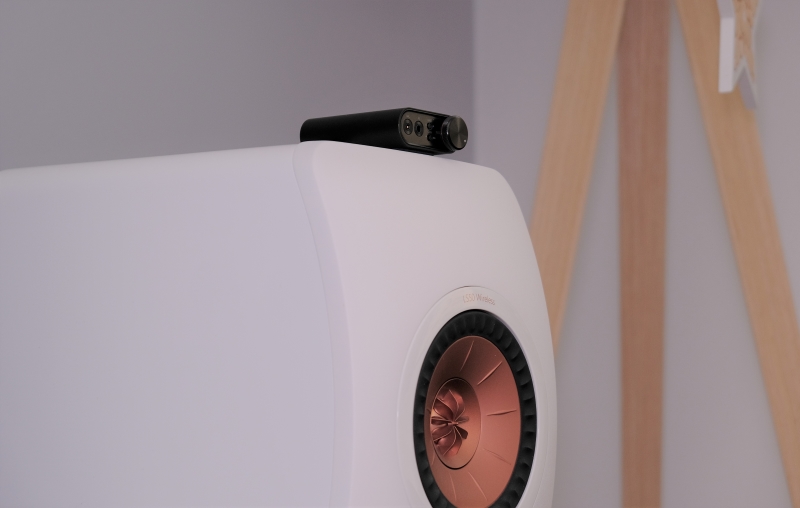
My video review can be found right here:
My all-time favorite FiiO device for a very long time was the E10K DAC/headphone amp combo, I loved that thing to death, it went with me in shorter or longer trips, it was very easy to use and very reliable. I just knew what to expect from it, I started to know its sound signature very well, in return it gave me multiple hours of musical bliss. I’m a slight OCS guy and I hate to have with me very expensive stuff on the go, E10K did wonders for my transportable setup. It was not the most revealing, nor the most powerful, but it was the most enjoyable to listen DAC/Amp in the long run. When I am not reviewing an audio component, I don’t want to hear micro-details or subtleties, I just want to relax and enjoy the moment.
When FiiO told us about a year ago that a successor to E10K is in the works, my nipples got hard. Fast forward a year and here we are, K3 is its spiritual successor and I’m glad we are reviewing it today.
I have it for more than two months, so I feel I am ready to cast my humble opinion on what I liked and disliked about it.

Unboxing Experience
K3 comes in a simple white cardboard box. K3 is staying securely inside a sponge like material that will protect from accidental drops. There is also an USB type C cable and two pairs of anti-slip pads/feet, a quick start guide and a warranty card.
Nothing too fancy, just everything you need to start your music listening.
Design and Specs
To me it looks like a beefier Q1 MKII, again with a simple minimalist design, with pleasant clean lines. It looks like a very grown-up product in comparison to older FiiO designs. Its design resembles a bit the PHA-1A from Sony which I think looks fantastic.
I’m glad FiiO went with simpler and cleaner lines and abandoned the brute and industrial looking E10K. Size wise K3 is very small, lightweight (82 g.) and very easy to carry.
K3 has a very solid build quality, with a CNC black aluminum case, the volume wheel is also metal that has a very pleasant curly texture. It looks “expensive”, elegant and very well put together.
Front panel houses both headphone outputs: a 2.5 mm TRRS balanced and a 3.5 mm single ended output, there is also a bass On/Off and a Low/High gain switch. The volume wheel works as an On/Off switch which I like a lot.
There is also a led on the front that will indicate the sample rate it is playing, Blue is up to 48 kHz, Yellow is all above 48 kHz and Green is for DSD playback.
On the back there is your clean 1.9 Volt RMS line-out, an USB 1.0 or 2.0 switch (USB 1.0 is driver-less on a Windows machine, for USB 2.0 a dedicated FiiO driver needs to be installed), a much needed USB Type C – I believe it was mandatory to have it for our day and age, USB Type C is used for data transfer and for powering up the K3. There are also two digital outputs: a coaxial and an optical output, basically transforming your K3 into a digital transport interface to a better digital source.
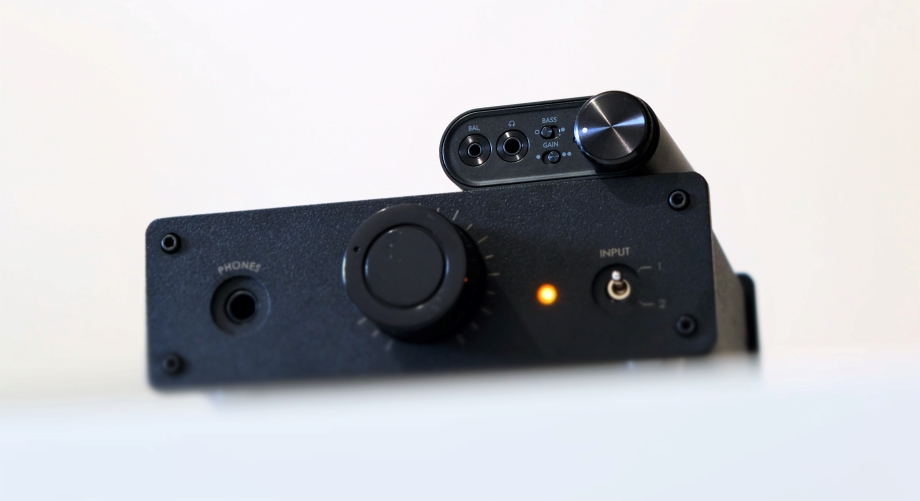
Internals
K3 is using a very modern and capable XMOS XUF208 USB Chip, that also can be found in my 1800 USD Matrix X-Sabre PRO DAC, so that is a very good sign as it is very reliable and capable.
The main digital processing is done by a single AKM AK4452 DAC chip that is also present in the Q1 MK2 or in the Grace Design Standard DAC, there is also a OPA1612 in the active low pass filter and two OPA926 in the final output stage. This particular DAC chip can natively decode DSD 64/128/256 and PCM files up to 384 kHz/32 bit.
In the single ended configuration (on the 3.5 mm headphone out) just a single OPA926 will be engaged and two of them if you are using the balanced 2.5mm headphone out.
Power wise it offers 120 mW in 32Ω on SE output and up to 200 mW in 32Ω on the balanced port. Output impedance is at 1 Ω so it can used with the lowest impedance earphones with great results.
I’m really glad FiiO upgraded the line-out signal to a much stronger 1.9 Volt output, by comparison its predecessor E10K had only 1.3 Volt output that put a much bigger stress on the integrated amp/headphone amp that followed after it.
I think FiiO chose good internal audio grade components that should offer positive results.
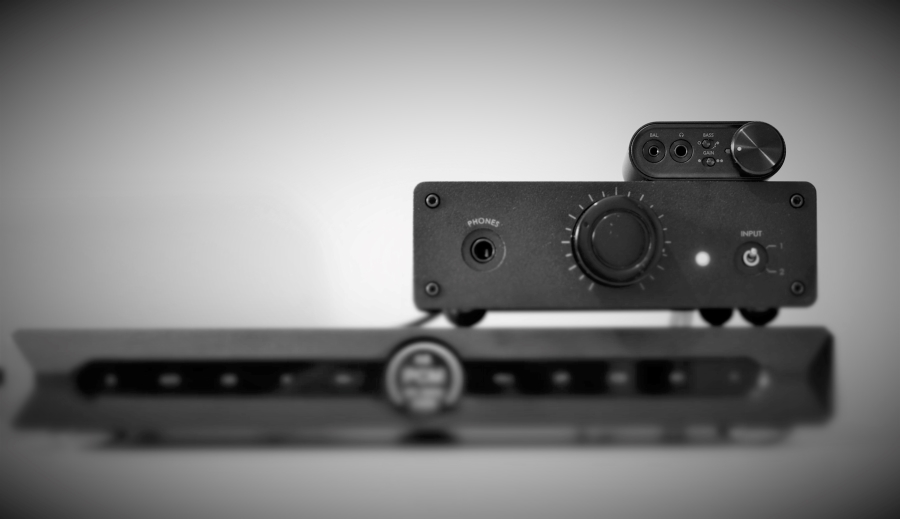
Sound Performance
I will say it from the start. Ladies and gents, I think we are having a true E10K successor with this one as basically every part of E10K that I adored were much improved. There is however a cost for all those improvements as K3 is a little bit pricier, it goes for 110 USD in the US and for about 120 EUR in the Europe.
I’m really glad FiiO chose a very E10K like sound signature with this one. K3 is sounding lush, a bit warm, with lots of grunt in the mid and low octaves and it is offering a fatigue-free listening experience in the long run. K3 is tuned towards a pleasant, relaxed and fun listening experience in the detriment of a very precise and detailed presentation.
K3 has crazy naturalness levels. Listening it with my Momentum M 2.0 it is like I am upgrading my headphones with planar-magnetic drivers. That is because K3 has excellent midrange performance.
Midrange is north of neutral, with lots of texture and bloom. K3 is always lush and a bit romantic in its presentation. Works well will good or bad mastered music and will not highlight all the flaws.
Voices and guitars are sounding thicker and heavier, slower as well. There is a slight longer decay of the notes, especially string-based instruments will have a longer vibration than normal. As a result, K3 will not please speed, kick and impact craving listeners as transient response is on the lighter, slower side.
K3 will greatly help dry sounding headphones and will add a bit of soul into the mix, HD660S for example are more full-bodied sounding with this one, other headphones that lack in the midrange department will also be improved.

Bass is also on the heavier side, having a good rumble and slam. I would like a better presence in the sub-bass area, or I just might be hitting the limitations of the built-in headphone amp.
I think with bass switch on the “OFF” position K3 will have a much better bass control and will not trash your tonal balance. Put in on “ON” position and my ears started waving like a butterfly, it is too much for me, the purist in me says “OFF” position is my only choice.
Bass and midrange follows the Harman curve and jumps a bit over, so the smile inducing frequencies are a bit boosted, with K3 I’m always having a pleasant mood-lifting experience.
Treble response is quite good up to 12 kHz, after that is starts breaking up and losing energy and detail. Upper notes are not highlighted and are having a bleak outline. Treble is quite clean but it is losing detail fast especially in the crowded music.
Treble is again tuned for a more pleasant and relaxing sound signature; sibilance is forever gone with this one.
Truly aggressive headphone should be calmed by the K3, on the other hand laid-back headphones will sound very loose, slow and too relaxed at times.
K3 is not claustrophobic sounding and is having a pretty good note spread around the listener.
However, I will admit that soundstage and depth are not K3 strong points. Imaging is mostly 2D with occasional 3D like effects around the listener.
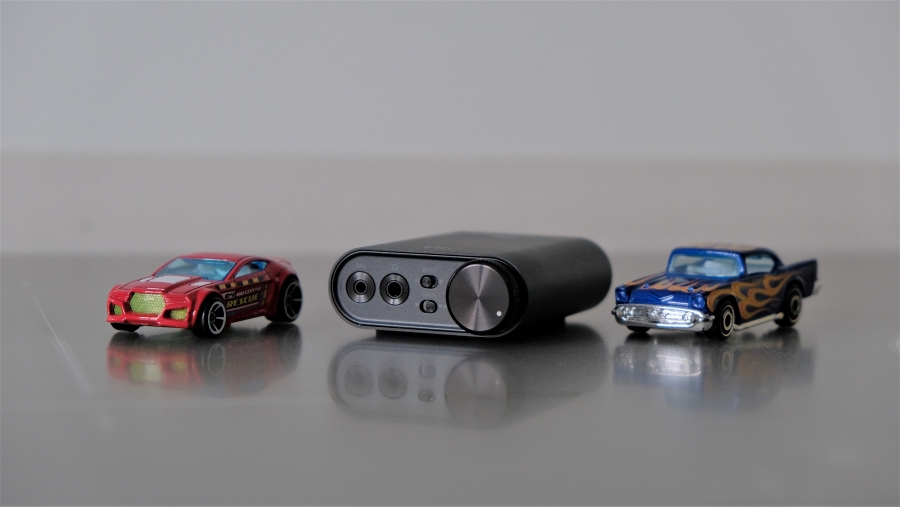
Driving power
There is just one real drawback of K3 and that is the SE 3.5 mm headphone output as it doesn’t have enough grunt and driving power. With portable headphones and tiny IEMs K3 works without a hitch, however with full-sized desktop headphones K3 struggled. By comparison E10K has more power on tap on the SE output and could power desktop class headphones.
This only half of the story, on the plus-side K3 has another headphone output and that is the balanced 2.5mm TRRS headphone out. With that one my Sennheiser HD660S and my Quad ERA-1 are like kicked in the butt and awaken. If you are planning to use K3 with a demanding headphone only the balanced output will offer the much-needed power and control.
With the most sensitive IEMs the balanced output will have a faint hiss, on the SE output it is close to zero. FiiO’s own FA1 and FA7 have a little bit of it, for this reason I’m using IEMs only with the SE output and full-sized headphones only on the balanced output.
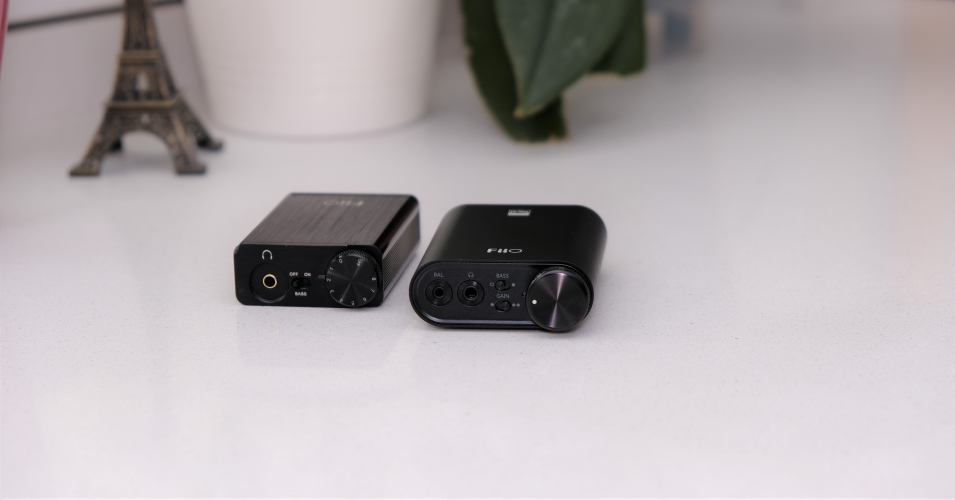
FiiO K3 VS FiiO E10K
You know those old kung-fu movies when the young disciple defeats its master? Our story ends exactly like that as K3 outperforms E10K on almost all technical levels. K3 looks much more serious, elegant and as a grown-up product, E10K is like a DIY design by comparison.
E10K can’t play DSD material, lacks an optical output, doesn’t offer a balanced HP output and has a much lower SNR of 105 (vs 113 on K3).
K3 has a much better digital volume control, has an overall cleaner presentation with a bit more air around the notes. K3 also has a better grip and control in the crowded passages. K3 is almost hiss-free as opposed to E10K and will work with few IEMs.
With the balanced output there is a much better image and depth, even more air around the notes and even a better grip and control over the headphone drivers.
E10K is only better when the SE 3.5mm output matters, as it is offering more power on tap.
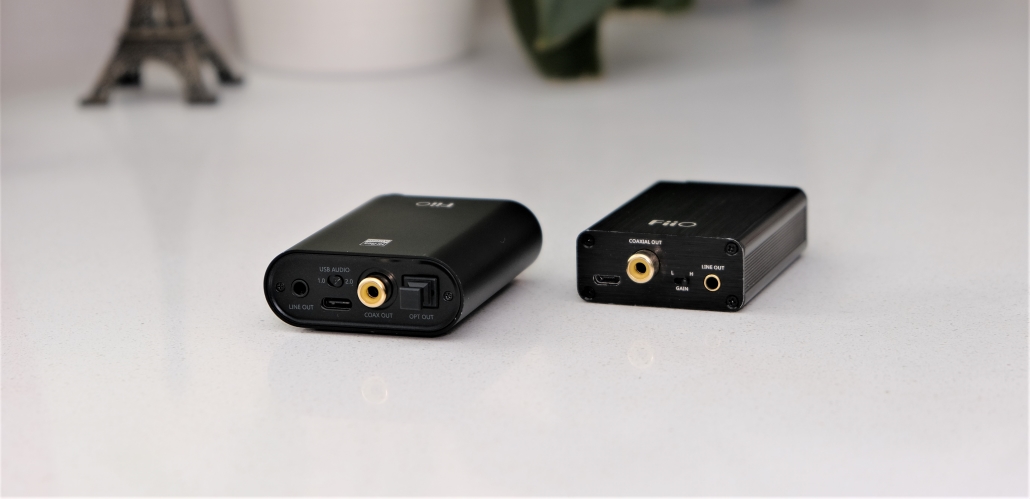
Conclusions
It is time to retire my former Jack of all trades with a better albeit more expensive K3.
Need a small, elegant and inexpensive desktop DAC ‘n headphone amp that you can throw in your backpack and carry to your office and back home? I think K3 was made exactly for that purpose.
It will not turn heads when it comes to ultimate performance but it doesn’t need to, as it was designed to be enjoyed by a wider variety of users that will work great with IEMs and with desktop headphones alike.
It has a fierce competition but I’m sure E10K users know exactly what they want next.
PROS:
- Coolest small DAC/Amp design I’ve seen in a long time
- Great build, fit and finish
- Meticulously chose internal components, plays DSD and PCM files
- Warmish tint with a natural tone
- Lacks brightness whatsoever
- Decent airy presentation
- Awesome price to performance ratio
CONS:
- Only balanced output will unleash its full potential
- Limited depth, soundstage and imaging
- Rolled-off upper treble
ASSOCIATED EQUIPMENT:
- DAPs: FiiO M6, M9
- DACs: FiiO K3, E10K, Matrix X-Sabre Pro + X-SPDIF2, Burson Playmate
- Headphone amps: Headamp Gilmore Lite MK2, Pico Power, Burson Playmate, FiiO K3, E10K
- Headphones: FiiO FA7, FA1, Quad ERA-1, Sennheiser HD660S, Momentum M2.0
